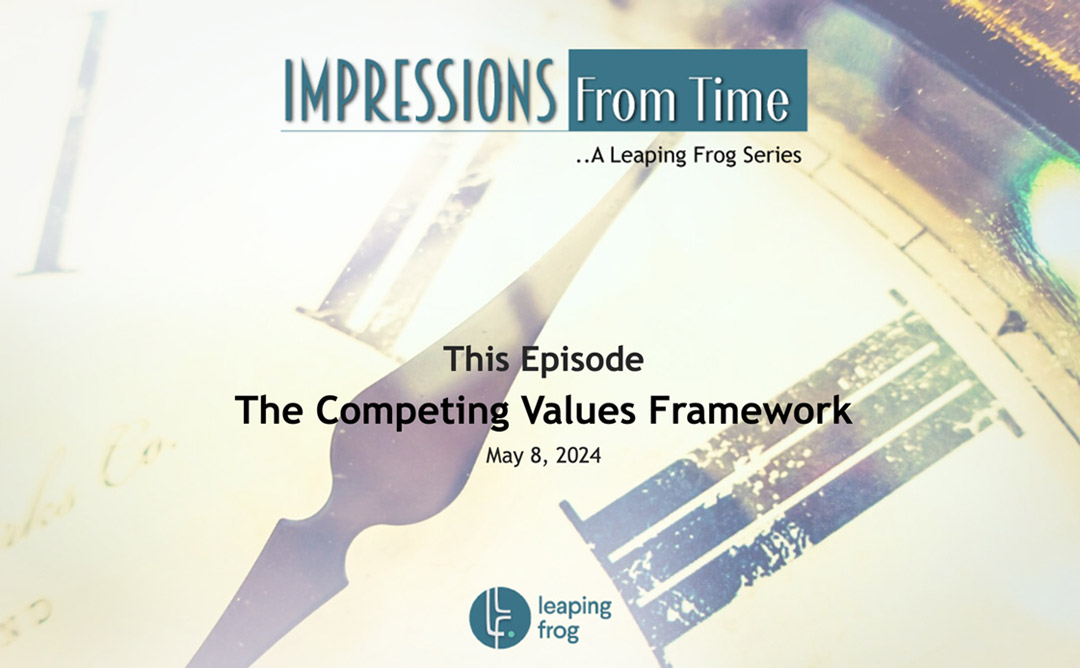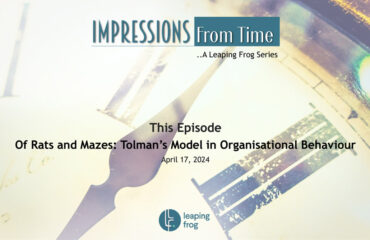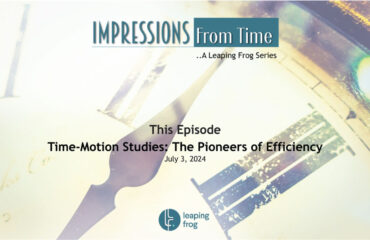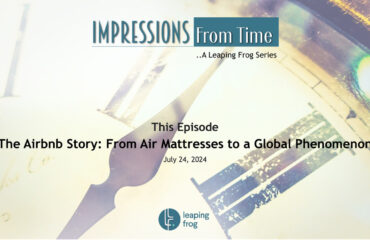
The Competing Values Framework (CVF) is a culture diagnostic model that has long been regarded as a significant tool in understanding and evaluating organisational culture. It offers invaluable insights into the diverse dynamics that shape modern workplaces. Developed in 1983 by Robert E. Quinn and Kim S. Cameron, this framework has revolutionised how organisations perceive and manage their cultures, paving the path for enhanced effectiveness and adaptability in an ever-evolving business landscape.
At its core, the CVF hinges on two fundamental dimensions: internal versus external focus and flexibility versus stability. These dimensions serve as the axes upon which organisational cultures are assessed, providing a comprehensive framework that captures the intricacies of organisational dynamics. By delineating between these contrasting dimensions, the CVF unveils four distinct culture types:
| Culture Type | Characteristics |
| Clan Culture | collaboration, teamwork, and employee development |
| Adhocracy Culture | innovation, risk-taking, and a dynamic work environment |
| Hierarchy Culture | stability, efficiency, and established procedures |
| Market Culture | competition, results, and a focus on achieving organisational goals |

Picture Source: https://www.madisonhenry.com/organizational-culture
The Clan culture type mirrors the ethos of a family-like environment, characterised by cohesion, collaboration, and a strong sense of loyalty. In such organisations, employees are bound together by shared values and a collective commitment to nurturing relationships and fostering employee development. While Clan cultures excel in promoting employee engagement and innovation, they may sometimes need help adapting to external changes and maintaining a clear strategic direction.
On the opposite end of the spectrum lies the Adhocracy culture, which epitomises agility, innovation, and risk-taking. Organisations with an Adhocracy culture thrive on creativity, experimentation, and adaptability, embracing change as an opportunity for growth and innovation. However, they may face challenges maintaining stability and coherence amidst constant experimentation and fluidity.
In contrast, the Hierarchy culture embodies a structured and formal environment characterised by clear roles and processes and a focus on efficiency and stability. Organisations with a Hierarchy culture prioritise control, predictability, and adherence to established procedures. While such cultures excel in promoting efficiency and accountability, they may need help with agility and innovation in rapidly changing market landscapes.
Lastly, the Market culture represents a competitive and results-oriented environment, where success is measured by market share, profitability, and achieving strategic objectives. Organisations with a Market culture are driven by a relentless pursuit of excellence, competition, and customer satisfaction. While Market cultures excel in achieving tangible results and driving performance, they may sometimes overlook the importance of employee well-being and collaboration.
The CVF’s strength lies in recognising that organisations often blend these cultural types to varying degrees. While organisations have a mix of these cultural types, they unconsciously adopt a predominant culture type. This framework helps organisations understand their culture type, which provides a nuanced understanding of their culture dynamics and hence enables effective leadership and strategic decision-making.
The evolution of the Competing Values Framework reflects the evolving needs and complexities of modern-day workplaces. Originally conceived as a tool for understanding organisational effectiveness, the CVF has since evolved into a comprehensive model for diagnosing organisational culture, facilitating change management, and enhancing organisational performance.
In today’s fast-paced and dynamic business environment, the CVF serves as a guiding compass for organisations navigating the complexities of organisational culture. By leveraging the insights offered by the CVF, organisations can gain a deeper understanding of their cultural dynamics, identify areas for improvement, and align their culture with strategic goals and objectives.
Moreover, the CVF enables organisations to foster a culture of adaptability, innovation, and collaboration, essential qualities for thriving in an era of disruption and uncertainty. By embracing the diverse perspectives and strengths of each culture type, organisations can cultivate a culture that promotes resilience, agility, and sustained success in the face of ever-changing market dynamics.
……………………………………………………………………………………………………………………………………
“Impressions From Time” is a curated series from Leaping Frog about stories from the past that have helped shape modern-day practices in the people and organisation domain.
Leaping Frog, a new-age consulting firm, is an enabler and co-creator in enhancing people and organisational effectiveness. We love doing work in the areas of “Driving Organisational Change and Development”, “HR Systems and Talent Strategy”, and “Leadership and Life Coaching”.
Connect and share, for work and more.
Mail: comm@leapingfrog.in
Website: www.leapingfrog.in
Follow Us: https://lnkd.in/d7TQbsia




